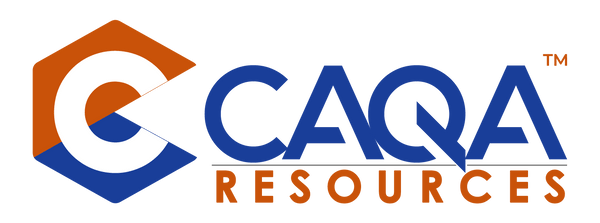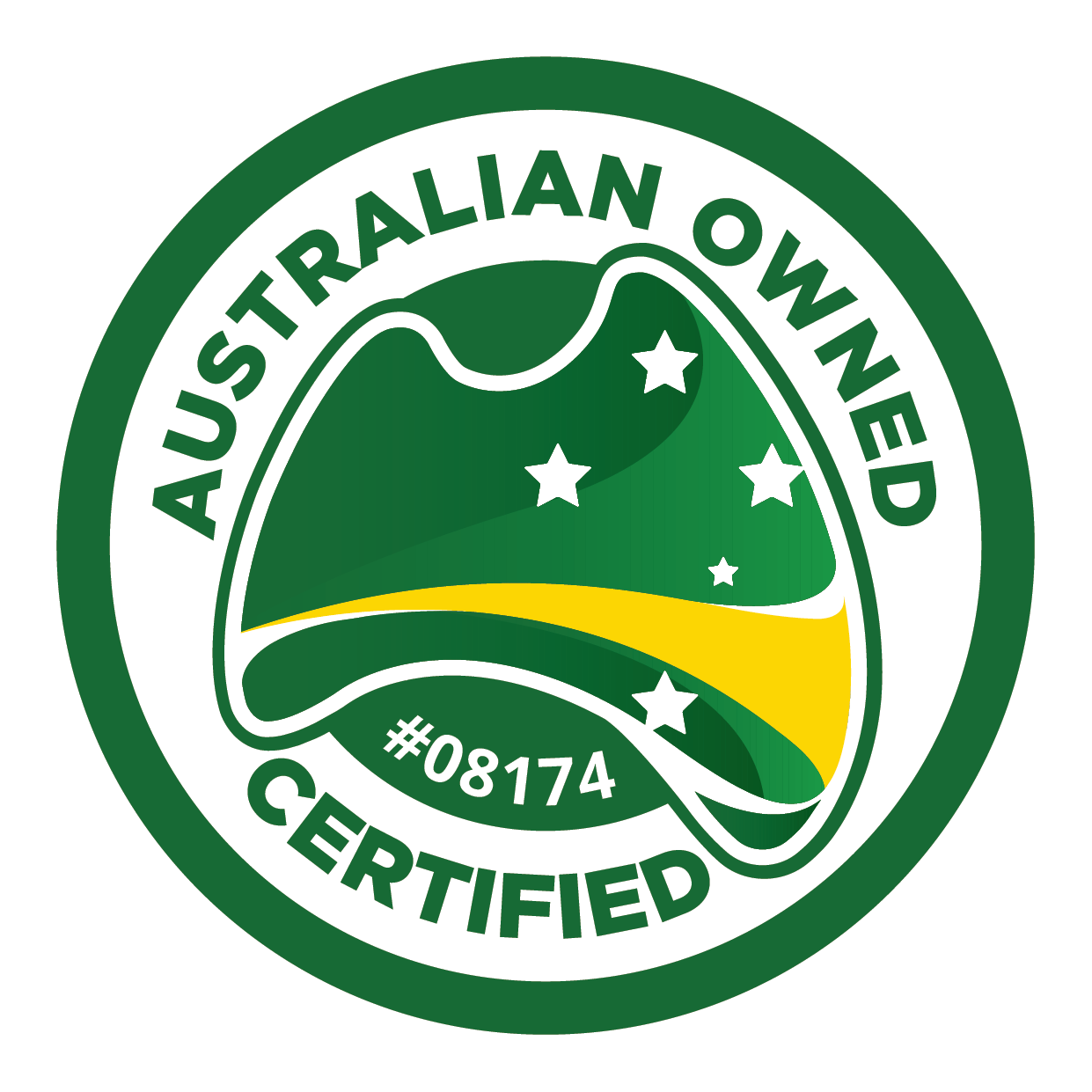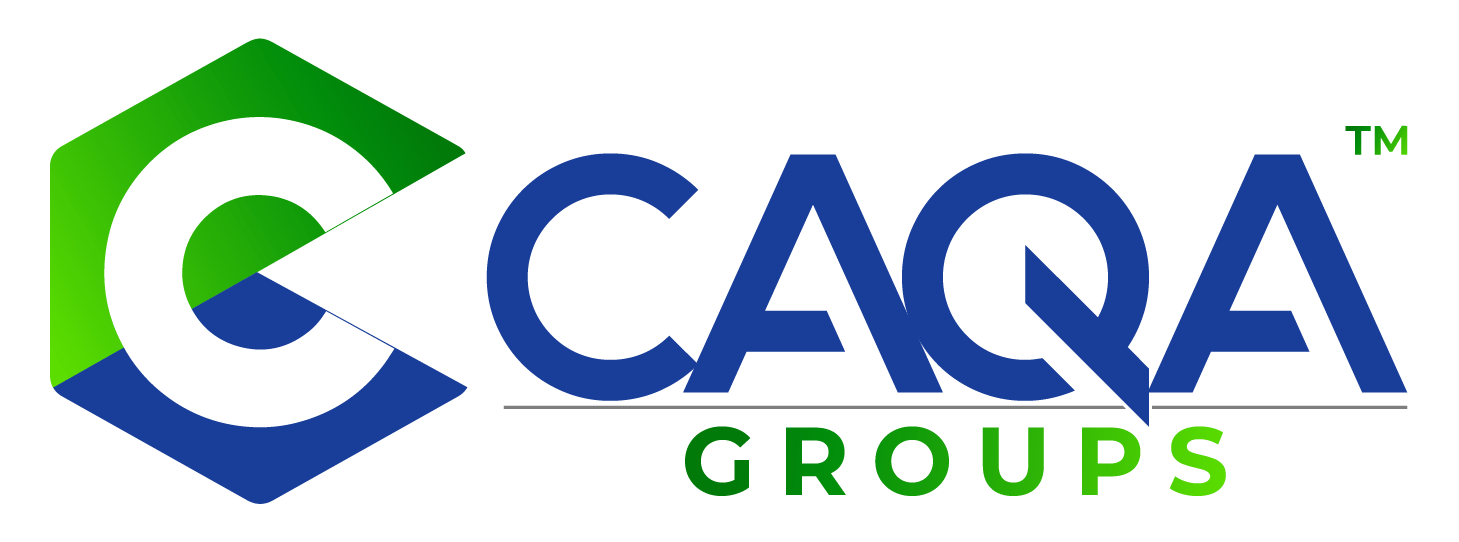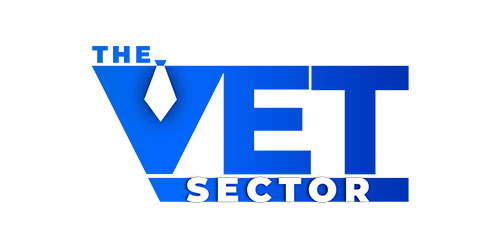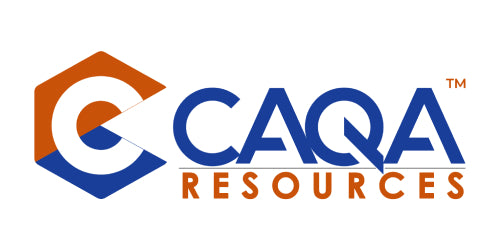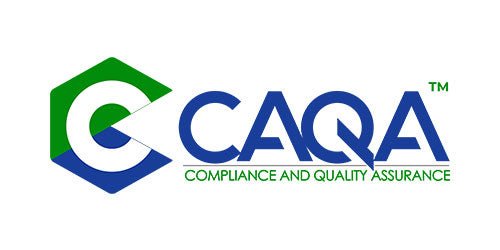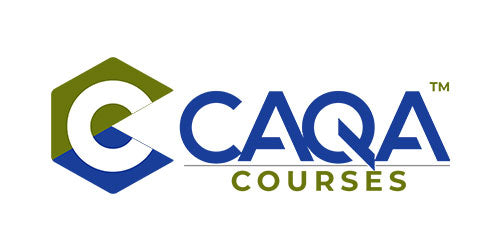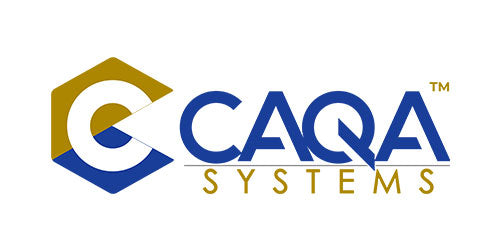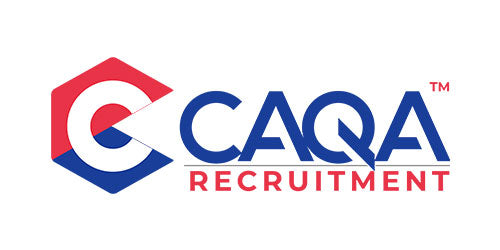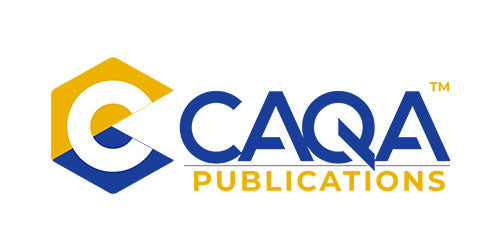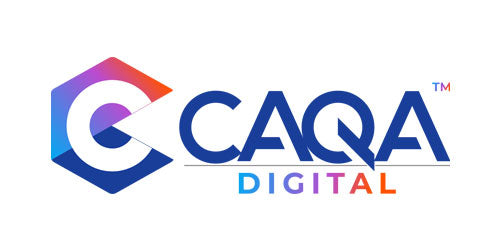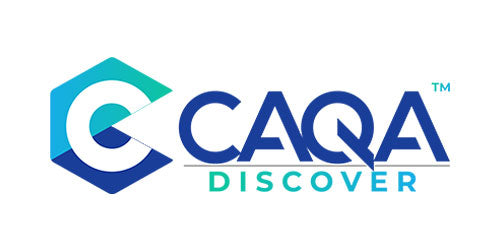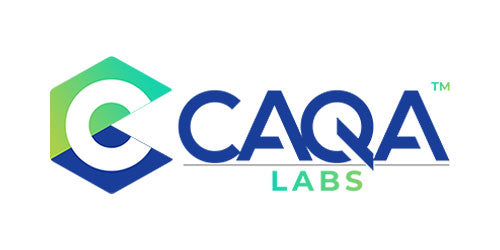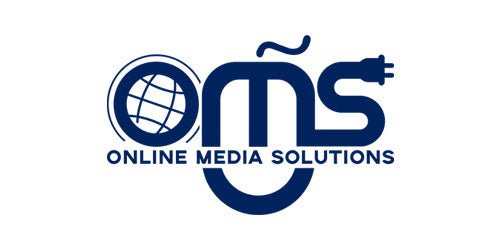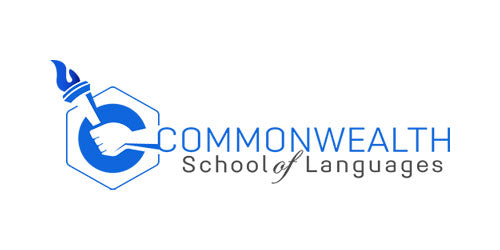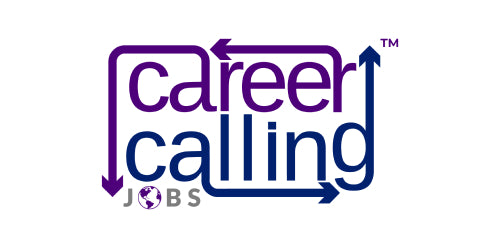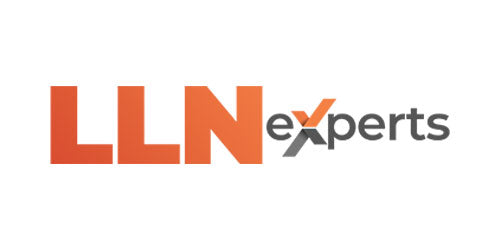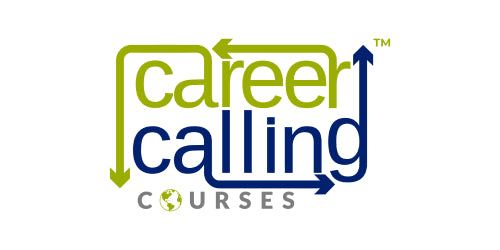Introduction
Moving beyond traditional classrooms and online learning environments, workplace assessment presents a unique set of challenges and opportunities for vocational education and training (VET). Assessors gathering real workplace performance evidence must navigate the complexities of real-world settings while ensuring that students acquire the necessary knowledge and skills. Workplace training can significantly support students, particularly when they are already employed in the relevant industry, by providing practical, hands-on experience. This article delves into the intricacies of workplace assessment, offering strategies for effective implementation and adherence to compliance standards.
The Importance of Workplace Assessment in VET
Workplace assessment is crucial for several reasons:
- Real-World Application: It ensures that students can apply theoretical knowledge in practical, real-world scenarios.
- Skill Development: It supports the development of practical skills that are directly relevant to the industry.
- Employer Engagement: It fosters collaboration between training providers, employers, and workplace supervisors, enhancing the relevance of training programs.
- Compliance and Standards: It ensures that training providers meet the assessment requirements specified in the training package or VET-accredited course.
Ensuring Effective Workplace Training
When delivering training in a workplace, several factors must be considered to ensure its effectiveness:
- Access to Resources: The provider must ensure that the student has access to the necessary time, resources, facilities, and relevant experiences to safely learn and practice all requirements in a unit of competency.
- Regular Communication: Maintaining regular contact between the employer, workplace supervisor, and the student is essential. This ensures that the student is developing the required standard of performance as described in the training package.
- Record Keeping: Keeping appropriate records of the training arrangement and interactions confirms progress and compliance with assessment requirements.
Key Strategies for Effective Workplace Assessment
1. Aligning Expectations: Get on the Same Page
Strategy: Ensure that everyone involved in workplace training and assessment – employers, assessors, workplace supervisors, and students – understands their roles and responsibilities.
Implementation:
- Conduct orientation sessions for all parties involved.
- Provide detailed documentation outlining roles, expectations, and assessment processes.
- Maintain open lines of communication to address any misunderstandings promptly.
2. Accessible Support: Open Access and Support
Strategy: Ensure that students and employers have easy and regular access to support and contact with the training provider.
Implementation:
- Set up regular check-ins and support sessions with students and employers.
- Provide a dedicated support contact or helpline for immediate assistance.
- Utilise digital communication tools to facilitate continuous support and engagement.
3. Bridging Experience Gaps: Close the Experience Gap
Strategy: Identify and address any gaps in the experiences that employers can provide to students.
Implementation:
- Conduct regular consultations with employers to assess the training environment and identify gaps.
- Develop simulation exercises to supplement real-world experiences where necessary.
- Create tailored training modules that address identified gaps and ensure comprehensive skill development.
4. Industry Engagement: Stay Connected
Strategy: Maintain regular engagement with the industry to ensure the relevance and currency of training and assessment practices.
Implementation:
- Establish advisory boards with industry representatives.
- Regularly update training materials and resources based on industry feedback.
- Document industry engagement activities and use insights for continuous improvement of training programs.
5. Continuous Improvement: Review and Improve Regularly
Strategy: Continuously review assessment practices to identify opportunities for improvement.
Implementation:
- Collect feedback from students, employers, and assessors regularly.
- Conduct internal audits and peer reviews of assessment processes.
- Implement changes based on feedback and review outcomes to enhance the quality of training and assessment.
Compliance with Clauses 1.8 to 1.12: Conducting Effective Assessment
The Standards for Registered Training Organisations (RTOs) 2015 outline specific requirements for conducting effective assessment. Clauses 1.8 to 1.12 provide a framework to ensure assessments are fair, flexible, valid, and reliable. Here’s how to implement these principles in the context of workplace assessment.
Clause 1.8: Implementing a Robust Assessment System
Principles of Assessment:
- Fairness: Consider individual learner needs and apply reasonable adjustments where necessary.
- Flexibility: Tailor assessments to reflect the learner’s needs and contexts.
- Validity: Ensure assessments cover the full range of required skills and knowledge.
- Reliability: Consistently interpret evidence and ensure comparability across assessors.
Rules of Evidence:
- Validity: Evidence must directly relate to the competency being assessed.
- Sufficiency: Gather enough evidence to make a valid judgment of competence.
- Authenticity: Ensure the evidence is the learner’s own work.
- Currency: Ensure the evidence reflects current competency.
Clause 1.9: Systematic Validation of Assessment Practices
Strategy: Develop and implement a plan for ongoing validation of assessment practices and judgments.
Implementation:
- Schedule regular validation activities for each training product.
- Document validation processes, outcomes, and actions taken to address findings.
- Engage industry experts and independent validators in the validation process.
Clause 1.10: Regular Validation Cycle
Strategy: Ensure each training product is validated at least once every five years, with a focus on higher-risk products.
Implementation:
- Prioritise validation activities based on risk assessments and industry feedback.
- Maintain records of validation activities and ensure compliance with the validation cycle.
Clause 1.11: Qualified Validators
Strategy: Ensure validators have the necessary vocational competencies, industry skills, and knowledge in vocational teaching and learning.
Implementation:
- Select validators who meet the qualification requirements.
- Provide training and support to validators to ensure effective validation practices.
Clause 1.12: Recognition of Prior Learning (RPL)
Strategy: Offer RPL to individual learners and ensure it meets the same standards as other forms of assessment.
Implementation:
- Develop robust RPL processes that gather and assess evidence of prior learning.
- Ensure RPL assessments are fair, valid, reliable, and flexible.
Practical Implementation: Tips for Effective Workplace Assessment
- Comprehensive Checklists: Use detailed checklists to ensure all training package requirements are addressed.
- Clear Guidance: Provide clear instructions to assessors and students on assessment tasks, context, conditions, and expected outcomes.
- Observable Behaviors: Develop benchmarks for practical activities based on observable behaviours to ensure valid assessments.
- Diverse Evidence: Use a variety of evidence types to assess competency, including direct observation, third-party reports, and practical demonstrations.
- Third-Party Reports: Clearly define the role of third parties in assessment and provide detailed instructions to ensure accurate and reliable reports.
- Workplace Placements: Ensure employers are well-informed and equipped to support training and assessment in the workplace.
- Digital Solutions: Leverage technology to enhance assessment processes, particularly for remote or online assessments.
- Ongoing Improvement: Regularly review and update assessment practices based on feedback and validation outcomes.
Conclusion
Effective workplace assessment is integral to ensuring that vocational training meets industry standards and prepares students for real-world challenges. By adhering to Knowles' principles of adult learning and the compliance requirements outlined in Clauses 1.8 to 1.12, RTOs can enhance the quality and relevance of their training programs. Implementing the strategies and best practices discussed in this article will help RTOs navigate the complexities of workplace assessment, ultimately leading to better learner outcomes and industry satisfaction.









